#vendée globe
Explore tagged Tumblr posts
Text
Je suis Charlie.. Dalin!

View On WordPress
#Charlie Dalin#France#humour#liberté d&039;expression#mer#Sables d&039;Olonne#vendée globe#vendée globe 2024
5 notes
·
View notes
Text
youtube
Justine Mettraux is the first woman finisher of the 2024-25 Vendée Globe!
4 notes
·
View notes
Text
Ulysse Nardin Diver NET Vendée Globe
The Ulysse Nardin Diver NET Vendée Globe is a remarkable synthesis of cutting-edge technology, sustainability, and marine heritage, crafted to celebrate the 10th edition of the Vendée Globe — the world’s toughest solo, non-stop sailing race around the globe. Continue reading Ulysse Nardin Diver NET Vendée Globe
#Diver#Diver Net#Diver NET Vendée Globe#Ulysse Nardin#Ulysse Nardin Diver Net#Ulysse Nardin Diver NET Vendée Globe#Vendée Globe
3 notes
·
View notes
Text
Un coin de paradis

View On WordPress
#Estuaire du Payré#Golf de Bourgenay#Grand Pavois#La Rochelle#Les Sables d&039;Olonne#Plage du Veillon#Port de Bourgenay#Vendée#Vendée Globe
2 notes
·
View notes
Text
If Vendée Live counts, I’m either an IMOCA skipper or commentator, so that’s pretty cool either way.
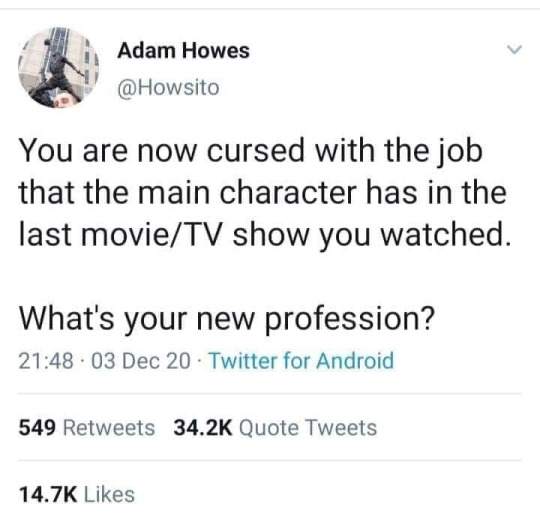
272K notes
·
View notes
Text
ETA : "Estimated Time of Arrival" : Jean Le Cam (Tout commence en Finistère - Armor-Lux) : Entre le 2 et le 4 février 2025
⚜️ Jean, Que ce soit virtuellement 🖥️ ou sur place aux Sables 🏖️ , nous tous et toutes seront là 👁️ pour fêter ton arrivée triomphale 🎆 🎉 🎺 🥁 au terme de ce formidable périple 🌍 🌎 🌏 que nous avons pu suivre jour après jour 👉 grâce au professionnalisme d'Anne 👩🦰 et de ton équipe à terre 📡 ainsi que des organisateurs 🛰️ de ce Vendée Globe 🫶 🫶 🫶

0 notes
Text
Tagebuch (11): Die „Fürth“ in den Roaring Forties
Über Segelführung, Wellenöl und einen Schiffsrat Aus aktuellem Anlass wiederhole ich heute den Blogartikel vom 14. März 2020. Die Segler der Vendée Globe befinden sich aktuell (Anfang Dezember 2024) im südlichen Indischen Ozean auf ihrem Weg zwischen dem Kap der Guten Hoffnung (Südafrika) und Kap Leeuwin (Westaustralien). Das Tagebuch des Frachtdampfers „Fürth“ vom Juni 1914 gibt einen guten…
#Dampfschiff#Fürth#Großkreise#Großsegel#Großstagsegel#Heidepriem#Hornig#Horning#Kohlenbestand#Kohlenverbrauch#Orthodrome#Schiffsrat#Schonersegel#Segelführung#Stagfock#Vendée Globe#Wellenöl#Wellenberuhigungsöl
0 notes
Text
0 notes
Text
Affaire Clarisse Clémer : une vague de discriminations qui pourrait changer l’histoire du sport féminin
La place des femmes dans la compétition est un sujet délicat. Le changement du règlement du Vendée Globe qui pénalise la navigatrice Clarisse Crémer en raison de sa maternité montre combien le sport et ses sponsors restent conservateurs en matière d’égalité. Clarisse Crémer, skippeuse de l’Imoca Banque Populaire ©Désirée de Lamarzelle/ Forbes. « J’ai appris vendredi dernier que Banque Populaire…

View On WordPress
0 notes
Text
I'm crying at the beauty of humans coming together to save each other
0 notes
Text


Mercredi
Ce matin, goélands et mouettes rieuses n'hésitaient pas à tremper leurs pattes frêles dans la Garonne. Demain, mes amours seront sur l'île de Hokkaido (ci-dessus, souvenir de Hitsujigaoka Observation Hill, qui domine la ville de Sapporo). Les colis de noël sont arrivés à temps à Kyôto ; reconnaissant, je salue les avions qui étirent leurs traînées de condensation dans l'azur glacé du ciel. J'élargis virtuellement mon horizon en me laissant piéger par Top of the lake, série anglo-australo-néo-zélandaise de Jane Campion, en faisant défiler Tumblr, ou en suivant sur mon écran les voiliers du Vendée Globe Challenge dont les premiers filent déjà vers le cap Horn, ou encore en contactant des pays lointains sur les ondes courtes (j'ai passé le cap des 1500 contacts depuis le début de l'année). Voilà...
8 notes
·
View notes
Text
youtube
HOLY FRICK, BORIS! He overcomes his fear of heights to go up the mast and fix the sail problem, and then before he can even eat anything besides energy gel, the boat gets STRUCK BY LIGHTNING and loses several major electronic systems!
4 notes
·
View notes
Text
Welcome Home × Soul Eater AU ramble
I had announced it, I shall now share it !
Behold, WH SE AU
Context :
In the world of Soul Eater, there are people who can transform into weapons (called demonic weapons), a genetic trait coming from some witch experimenting on humans centuries before. To avoid having those "weapons" go out of control, Shinigami, a god of death, created a school called Shibusen, where those weapons could learn how to control their powers. There are also people who come to this school to partner with the weapons and wield them, those are called meisters.
In this AU, our colorful cast of Welcome Home characters are students at this school in their last few years of studies (18-23 years old) and decided to create a race to the top before their graduation. The goal ? Get their weapon partner to the "death scythe" level by getting as much evil souls as they can. Who will win ? Who knows 👀
Let's present our six duos !
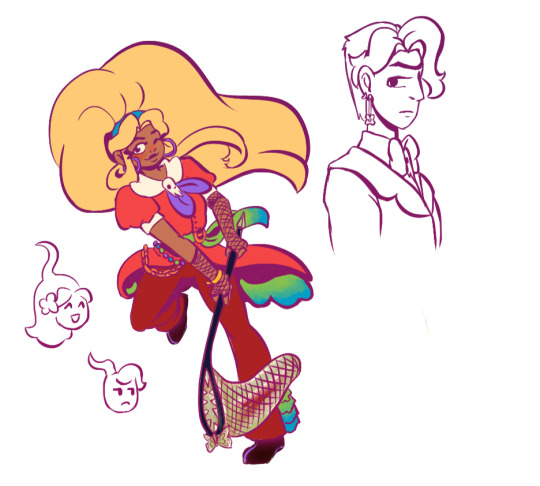
Julie Joyful and Frank Frankly (butterfly net)
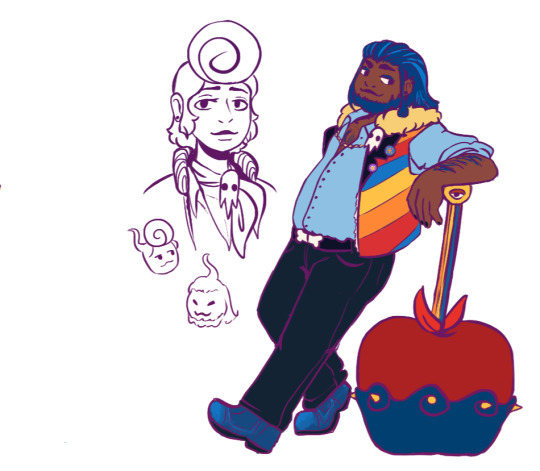
Barnaby b. Beagle and Wally Darling (big apple hammer)
Howdy Pillar and Poppy Partridge (scythe)

Sally Starlet and Lucero Starlley (guitar axe)
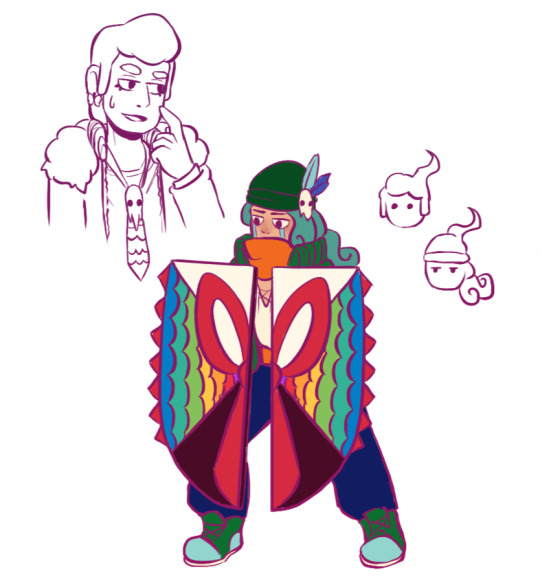
Suave Moonwatcher and Eddie Dear (shield, later on a giant pair of scissor)
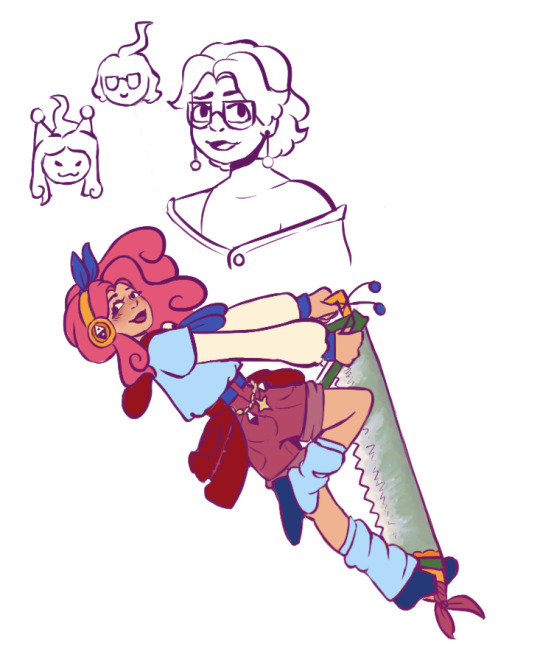
Nyxie Moonwatcher and Calypso O Octave (musical saw/violin)


And of course we can't forget out dear silliest, Home as Shinigami !!
Full page :

Lucero and Calypso belong to @kokoiep
Ramble :
Okay so this AU is actually over a year old, I had old designs and dynamics I wasn't 100% happy with because this AU was co created
Idk how the other creator is doing, I haven't talked to them in a loooong while, so I decided to rebrand the AU a little
Now, I'll explain my choices and lore
For one, I believe in keeping the canon personalities. So, when deciding who's a weapon and who is a meister, I tried to go along how the characters would act and what alligns with their silly selves. The characters that ended up as weapons needed to be weapons, otherwise it doesn't fit their personality to come to Shibusen to become a meister (reminder, meister can choose to go to Shibusen, weapons are kinda obligated to)
For the clothing, I just had fun with the "school uniform" concept as given in the Soul Eater and Soul Eater Not manga series.
And for the pairing, I included a lot of ocs, ik, but I wanted the pairs to truly match in energy and personality, and also I love my and Koko's oc and it's my AU I do what I want !
Joking side, here are some more funfact on how they ended up there
Julie followed in her siblings footsteps
Barnaby came to partner with Wally, the two are childhood best friends
Sally and Howdy came for fame and opportunities that come with being a meister
Nyxie and Suave where raised in Shibusen for lore reasons 👀
Julie and Wally are dating !
Frank and Eddie are a bit more on and off, because Eddie is an anxious mess and Frank doesn't like competion
But at the same time, the shipping in this AU is "yes" because : Julie and Wally are a thing, but Julie is very close to Frank, who is on and off with Eddie, and Eddie is quite close to Howdy, and Sally likes to flirt with Eddie and Poppy, but Lucero has a crush on Sally, who might have a lil crush on Julie, but Nyxie has a crush on Lucero, and Barnaby and Wally are reaaallly close
Good luck, may the ships all sail at once like it's the Vendée Globe :D
Other funfacts
Nyxie and Suave are actually weapons too, Nyxie is a frying pan (because what else would she be) and Suave is undetermined. Both are very unstable and thus can't really be weapons full time, hence why they meister others
Everyone has part time jobs !
Nyxie and Suave work at a bar, Eddie works at the post office, Sally works at a theater, Lucero works with Caly at a music shop, Frank works at a library, Julie in a hairdresser salon, Poppy and Howdy work at a little retail shop, Wally and Barnaby work in a clothing store.
They all live in the same appartement complex, all neighbors and they visit eachother all the time ! Each pair live together too, platonically.
I think that's about all I can say
This AU is a lil special to me because I love Soul Eater and the lore and ik there is probably already some other SE Wh aus but I wanted to get this out anyway and see if people enjoy my silly rambling
I posted it on tiktok already and people ate this up lol, I'm kinda hoping they would too here as well ? We'll see.
#welcome home#welcomehome#welcome home au#welcome home art#julie joyful#welcome home oc#julie welcome home#wally darling#wally welcome home#sally starlet welcome home#sally starlet#home welcome home#howdy pillar#howdy welcome home#poppy partridge#poppy welcome home#barnaby b beagle#barnaby welcome home#frank frankly#frank welcome home#eddie dear#eddie welcome home#soul eater au#Soul Eater wh Au#nyxie my beloved#nyxie#thanks Koko for letting me use ur ocs all the time everywhere lol#Ariki is rambling again#long ramble#au lore
24 notes
·
View notes
Text

Vendée Globe 2024 - 2025. Les Sables d’Olonne.
Magnifique victoire ce matin à 8h25 de Charlie Dalin.

3 notes
·
View notes
Text
Pour suivre les aventures de Jean (et des autres skippers du Tour du monde à la voile en solitaire du Vendée Globe 2024-2025), une seule adresse sur Facebook :
1 note
·
View note





